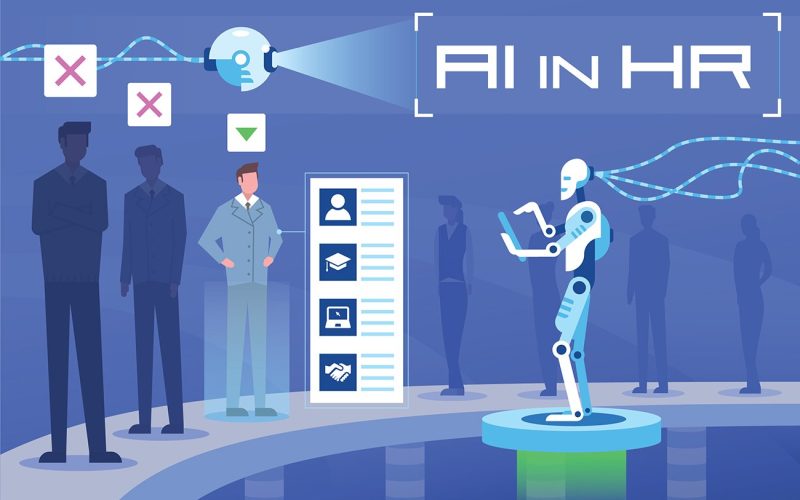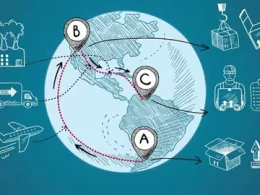Integration of AI in Daily Tasks
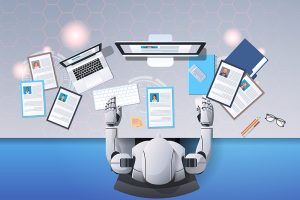
The integration of AI in daily tasks within human workspaces has proven to be a transformative force. By streamlining workflows with AI, organizations can achieve greater efficiency and productivity. AI systems are capable of automating repetitive and mundane tasks, allowing employees to focus on higher-value activities that require human creativity and critical thinking. This not only enhances the overall workflow but also reduces the time and effort required to complete tasks, leading to significant improvements in productivity.
Enhancing productivity through AI in human workspaces is another key advantage. AI-powered tools and applications can analyze vast amounts of data in real-time, providing valuable insights that can inform decision-making processes. This enables employees to make more informed decisions quickly and accurately, ultimately boosting productivity. Additionally, AI can identify patterns and trends that may not be immediately apparent to humans, further enhancing the efficiency and effectiveness of daily tasks.
AI-driven Decision Making
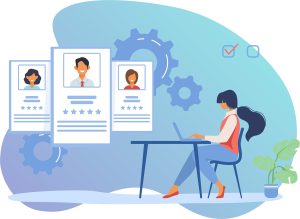
AI in human workspaces enhances decision-making efficiency by providing data-driven insights and recommendations. With the ability to process and analyze large volumes of data, AI systems can identify patterns and trends that may not be immediately apparent to humans. This allows decision-makers to make more informed choices, leading to better outcomes for the organization. By leveraging AI, businesses can reduce the time and effort required to gather and analyze data, enabling faster and more accurate decision-making.
Moreover, AI in human workspaces mitigates human error in decisions. Human decision-making is often influenced by biases, emotions, and other subjective factors that can lead to errors. AI, on the other hand, relies on objective data and algorithms to make decisions, reducing the likelihood of errors. By incorporating AI into decision-making processes, organizations can minimize the impact of human biases and ensure more consistent and reliable outcomes.
Enhancing Productivity with AI
AI in human workspaces streamlines routine tasks efficiently, freeing up employees’ time and allowing them to focus on more strategic and creative activities. Tasks such as data entry, scheduling, and basic customer service can be automated using AI-powered tools, reducing the burden on employees and increasing overall productivity. This not only improves efficiency but also enhances job satisfaction by allowing employees to engage in more meaningful and fulfilling work.
The future of AI in human roles involves augmenting decision-making processes. AI can assist employees by providing real-time insights and recommendations based on data analysis. This enables employees to make more informed decisions quickly and accurately, leading to better outcomes for the organization. By leveraging AI, businesses can enhance the decision-making capabilities of their workforce, ultimately driving productivity and success.
AI in Talent Acquisition
Streamlining candidate screening processes with AI in human workspaces is revolutionizing talent acquisition. AI-powered tools can analyze resumes, assess qualifications, and match candidates to job requirements more efficiently and accurately than traditional methods. This not only saves time and effort for HR professionals but also ensures that the most suitable candidates are identified and considered for positions. By automating the initial screening process, organizations can focus their efforts on interviewing and selecting the best candidates, ultimately improving the quality of hires.
Enhancing diversity and inclusion through AI in human hiring is another significant benefit. AI systems can be programmed to eliminate biases in the recruitment process, ensuring that candidates are evaluated based on their skills and qualifications rather than subjective factors. This helps organizations build more diverse and inclusive teams, which can lead to increased creativity, innovation, and overall performance. By leveraging AI, businesses can create a more equitable hiring process and foster a more inclusive workplace culture.
AI for Personalized Employee Training
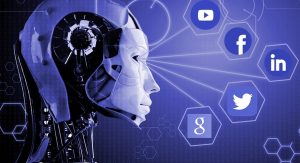
AI in human workspaces enhances personalized employee training programs by tailoring learning experiences to individual needs and preferences. AI-powered platforms can analyze employees’ skills, performance, and learning styles to create customized training plans that address specific areas for improvement. This personalized approach to training ensures that employees receive the support and resources they need to develop their skills and advance in their careers. By leveraging AI, organizations can create more effective and engaging training programs that drive employee growth and development.
The future of AI in human workspaces revolutionizes skill development by providing continuous learning opportunities. AI systems can identify emerging trends and skills that are relevant to employees’ roles and provide targeted training to keep them updated. This ensures that employees remain competitive in a rapidly changing job market and are equipped with the skills needed to succeed. By integrating AI into employee training programs, organizations can foster a culture of continuous learning and development, ultimately driving long-term success.
AI and Remote Work
AI and remote work are transforming collaboration in human workspaces by providing tools and platforms that facilitate seamless communication and collaboration. AI-powered applications can streamline remote work processes, such as project management, file sharing, and virtual meetings, ensuring that teams can work together effectively regardless of their physical location. This enhances productivity and allows organizations to leverage the benefits of remote work, such as increased flexibility and access to a global talent pool.
AI and remote work also enhance productivity in human workspaces by automating routine tasks and providing real-time insights. AI-powered tools can analyze data, generate reports, and provide recommendations, enabling remote employees to make informed decisions quickly and accurately. This reduces the time and effort required to complete tasks, allowing employees to focus on more strategic and value-added activities. By leveraging AI, organizations can create a more efficient and productive remote work environment.
Ethical Considerations in AI Deployment
Ensuring transparency in AI decision-making processes is crucial for building trust and accountability in human workspaces. Organizations must be transparent about how Artificial intelligence systems are used, the data they rely on, and the algorithms that drive their decisions. This includes providing clear explanations of how AI-generated recommendations are made and ensuring that employees understand the limitations and potential biases of AI systems. By fostering transparency, organizations can build trust with employees and stakeholders and ensure that AI is used responsibly and ethically.
Addressing potential biases in AI in human resources is another important ethical consideration. AI systems can inadvertently perpetuate biases present in the data they are trained on, leading to unfair or discriminatory outcomes. Organizations must take proactive measures to identify and mitigate biases in AI algorithms and ensure that they are designed and implemented in a way that promotes fairness and equality. This includes regularly auditing AI systems, using diverse and representative data sets, and involving diverse teams in the development and deployment of AI technologies.
Future Skill Requirements in AI-driven Workspaces
Adaptability to AI in human workspaces is crucial for employees to thrive in an AI-driven environment. As AI continues to evolve and become more integrated into daily tasks, employees must be willing and able to adapt to new technologies and ways of working. This includes developing a mindset of continuous learning and being open to acquiring new skills and knowledge. By fostering adaptability, organizations can ensure that their workforce remains competitive and capable of leveraging the benefits of AI.
Continuous learning of AI in human workspaces is essential for employees to stay relevant and competitive. AI technologies are constantly evolving, and employees must keep up with the latest advancements and trends. This includes participating in training programs, seeking out learning opportunities, and staying informed about developments in AI. By prioritizing continuous learning, organizations can ensure that their employees are equipped with the skills and knowledge needed to succeed in an AI-driven workplace.






